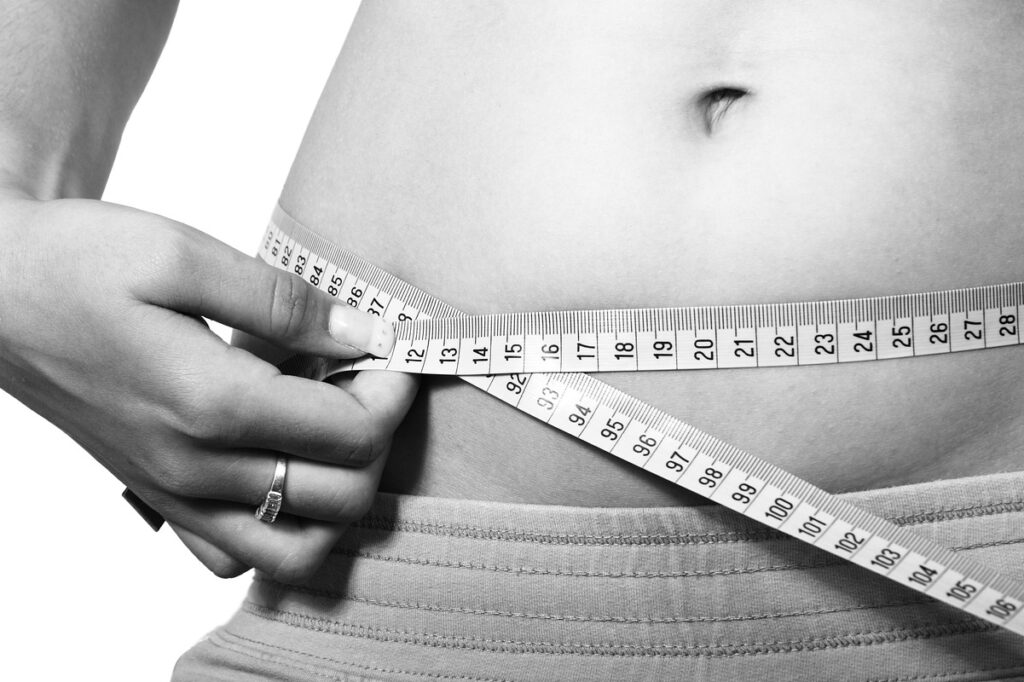When it comes to relieving sore or injured muscles without medications, cold plunging is one of the most effective options available. Here’s why cold water immersion stands out as a top, drug-free solution for muscle pain and recovery.
What Is Cold Plunging?
Cold plunging, also known as cold water immersion, involves submerging the body in cold water—typically between 50°F to 59°F—for a few minutes. This practice has become a go-to method for athletes, physical therapists, and fitness enthusiasts because of its powerful impact on muscle recovery and pain relief.
Why Cold Plunging Works for Muscle Pain
Reduces Inflammation and Swelling
Cold plunging is highly effective at reducing inflammation—a leading cause of muscle pain. The cold constricts blood vessels, decreasing blood flow to sore or injured areas. This limits swelling and reduces inflammation, making cold plunging an excellent recovery tool after strenuous exercise or muscle strain.
Numbs Pain Naturally
Cold water immersion provides immediate pain relief by numbing sore or injured muscles. The low temperature temporarily dulls nerve activity, which can reduce discomfort and provide a quick and natural way to manage muscle pain without relying on medication.
Speeds Up Recovery
Cold plunging can significantly shorten recovery time. By reducing muscle soreness, particularly Delayed Onset Muscle Soreness (DOMS), cold plunging helps with the tiny muscle tears that occur during exercise. This leads to faster healing, allowing for a quicker return to regular activities.
Boosts Circulation and Flushes Out Toxins
Cold plunging helps improve circulation once you warm up afterward. The initial cold exposure triggers vasoconstriction, but when you exit the water, your blood vessels dilate, increasing blood flow. This process flushes out toxins and metabolic waste from muscles while delivering oxygen and nutrients, promoting healing.
Enhances Mental Well-being
Beyond its physical benefits, cold plunging can provide a psychological lift. Many people feel energized and mentally refreshed after a cold plunge, which can help make muscle pain seem less severe and aid overall recovery.
How to Maximize the Benefits of Cold Plunging
- Start Slow: Ease into cold plunging by beginning with short sessions of 1-3 minutes. Gradually increase the duration as your body adapts.
- Target the Right Temperature: Keep the water between 50°F and 59°F (10-15 C) for optimal results. This temperature range reduces inflammation without causing excessive discomfort.
- Warm Up Gently: After your plunge, gently warm your body with light stretching or movement to encourage blood flow without straining the muscles.
Who Can Benefit from Cold Plunging?
Cold plunging is a versatile therapy suitable for many, including:
- Athletes seeking faster recovery after intense training.
- Fitness enthusiasts experiencing muscle soreness or minor injuries.
- Anyone preferring a natural, drug-free method for managing muscle pain.
When to Be Cautious
Although cold plunging is generally safe, it’s not for everyone. Those with certain medical conditions, like cardiovascular concerns, or those who are pregnant, should speak with a healthcare professional before trying cold water therapy.
A Natural Choice for Muscle Recovery
Cold plunging stands out as one of the best, drug-free ways to manage muscle pain. By reducing inflammation, numbing discomfort, speeding up recovery, and boosting circulation, this simple yet effective technique supports muscle health naturally. Whether you’re an athlete, a fitness enthusiast, or someone who values a holistic approach, cold plunging is worth considering as a key part of your recovery routine.


